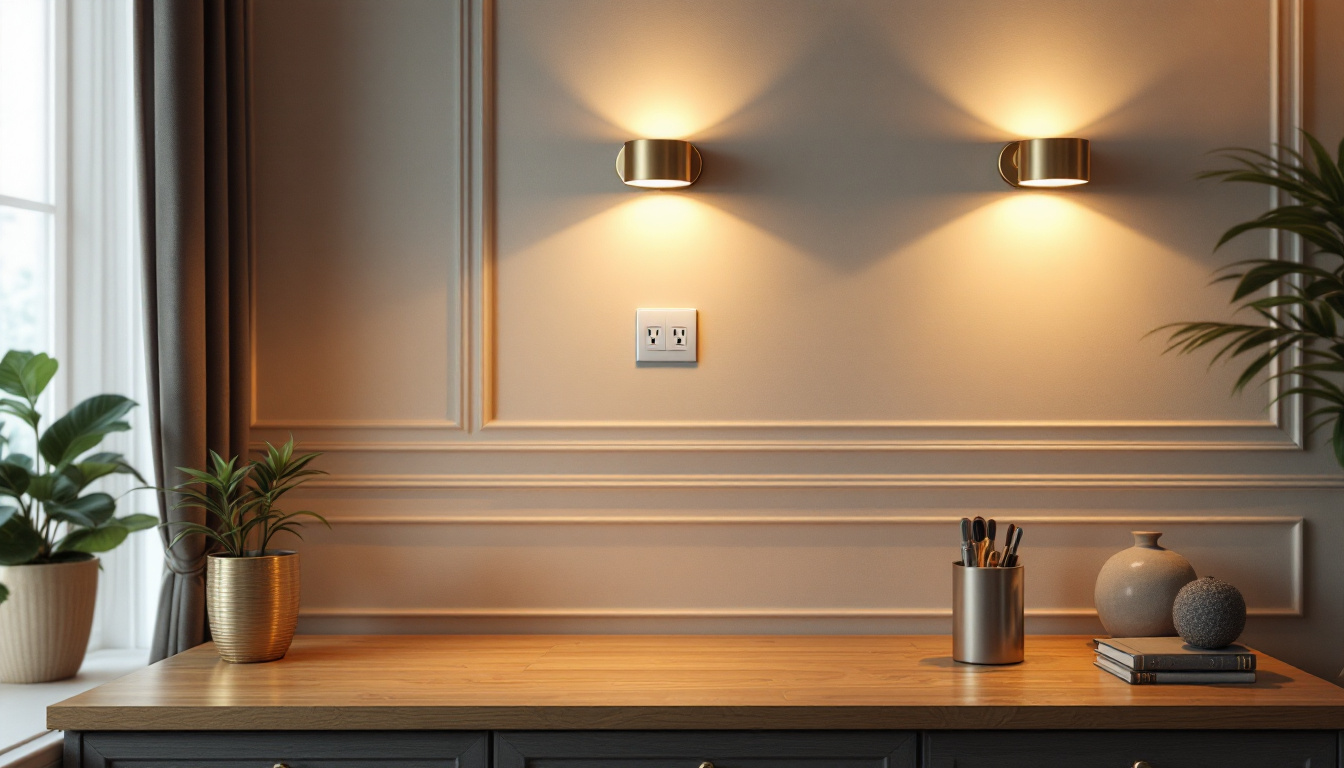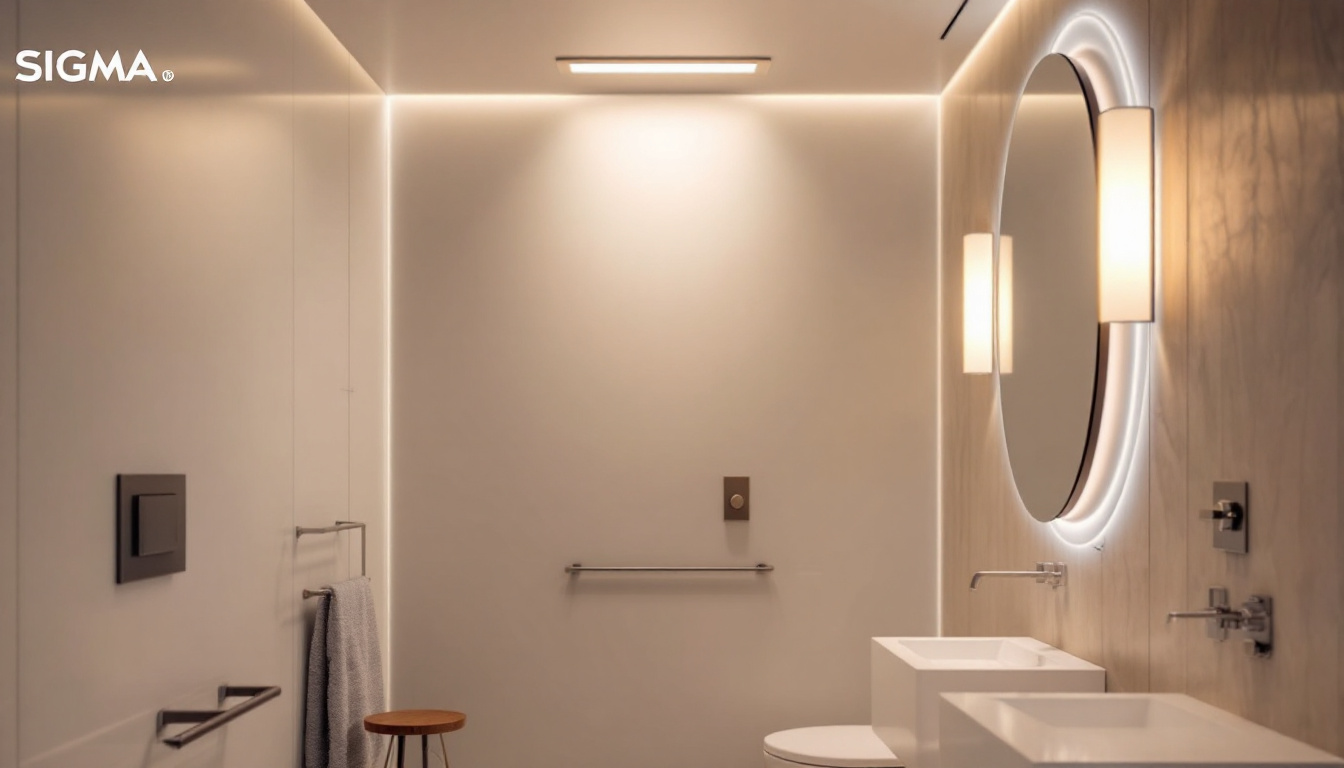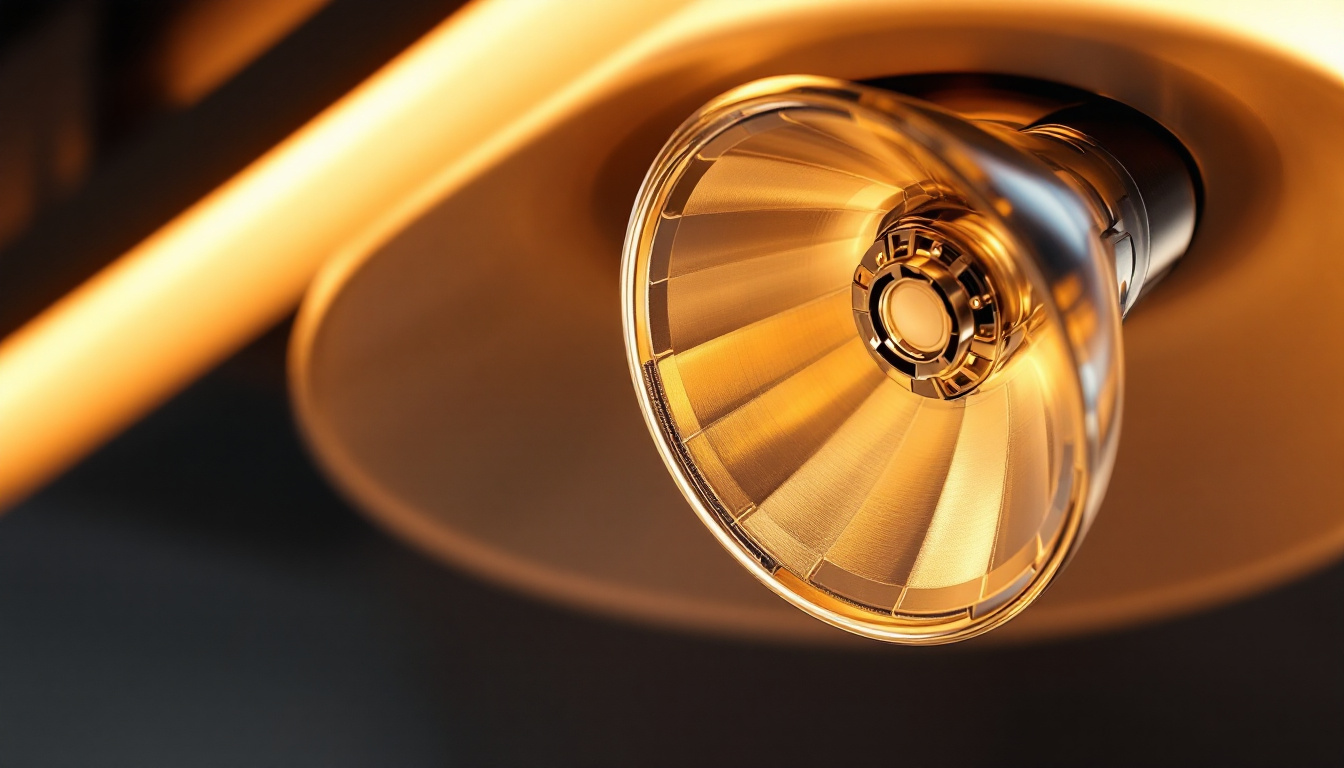
lighting design plays a crucial role in enhancing the aesthetics and functionality of any space. For lighting contractors, understanding the intricacies of electrical outlets is essential to achieving optimal lighting solutions. This article delves into the relationship between electrical outlets and effective lighting designs, exploring how the right outlet choices can elevate a project’s overall impact.
Electrical outlets are often overlooked in the grand scheme of lighting design, yet they serve as the backbone of any lighting system. The placement, type, and capacity of outlets can significantly influence the effectiveness of lighting fixtures and the overall ambiance of a space.
There are various types of electrical outlets, each designed for specific applications. Standard 120-volt outlets are common in residential settings, while 240-volt outlets are typically used for heavier appliances. For lighting contractors, knowing which outlet type to use in different scenarios can dramatically affect the performance of lighting systems.
Additionally, specialized outlets such as GFCI (Ground Fault Circuit Interrupter) and AFCI (Arc Fault Circuit Interrupter) outlets provide enhanced safety features. GFCI outlets are essential in areas prone to moisture, such as bathrooms or kitchens, while AFCI outlets help prevent electrical fires by detecting arc faults. Understanding these distinctions not only ensures compliance with safety codes but also enhances the longevity and reliability of the lighting installations.
The strategic placement of electrical outlets is vital for effective lighting design. Outlets should be positioned to minimize visible wiring and maintain an uncluttered appearance. Furthermore, considering the height and accessibility of outlets can influence the ease of use for end-users.
In spaces where adjustable lighting is desired, such as galleries or retail environments, placing outlets in flexible locations allows for more dynamic lighting arrangements. This flexibility can enhance the overall design and functionality of the space, making it more appealing to clients. For instance, in a gallery, having outlets placed at various heights can accommodate different types of lighting fixtures, from track lighting to wall sconces, enabling curators to highlight specific artworks effectively. Additionally, integrating smart outlets that can be controlled remotely adds another layer of convenience, allowing users to adjust lighting scenes with ease, further enhancing the user experience.
Moreover, considering the flow of foot traffic and the purpose of each area can guide the optimal placement of outlets. In a home office, for example, having outlets conveniently located near desks and workspaces can facilitate the use of task lighting and other electronic devices, creating a more productive environment. In communal spaces like living rooms or lounges, strategically placed outlets can support the use of floor lamps or accent lighting, which can transform the atmosphere from bright and functional during the day to warm and inviting in the evening.
As technology continues to advance, integrating smart outlets into lighting designs has become increasingly popular. Smart outlets enable remote control of lighting systems, offering convenience and energy efficiency.
Smart outlets provide numerous advantages for both contractors and end-users. They allow for programmable schedules, so lights can automatically turn on or off at designated times, reducing energy consumption. Additionally, many smart outlets can be controlled via smartphone applications, making it easy for users to adjust lighting from anywhere.
For contractors, incorporating smart technology into lighting designs can set a project apart from competitors. Offering clients the latest in smart home technology not only enhances the appeal of the project but also adds value to the property. Furthermore, smart outlets often come with features like energy monitoring, allowing users to track their energy usage in real time. This data can be invaluable for those looking to reduce their carbon footprint and make informed decisions about their energy consumption habits.
When integrating smart outlets into a lighting design, careful consideration must be given to installation. Ensuring that the wiring is compatible with smart technology is crucial. Contractors should also be aware of the specific requirements for each smart outlet model, as they can vary significantly. This includes understanding the types of networks they operate on, such as Wi-Fi, Zigbee, or Z-Wave, and ensuring that the home’s infrastructure can support these technologies.
Moreover, educating clients on how to use smart outlets is essential. Providing clear instructions and demonstrations can enhance user experience and satisfaction, ensuring that clients feel confident in managing their new lighting systems. It can also be beneficial to offer ongoing support, such as troubleshooting tips or updates on new features, as technology evolves. As users become more familiar with their smart outlets, they may discover additional functionalities, such as voice control compatibility with virtual assistants like Alexa or Google Assistant, further enhancing the convenience and versatility of their lighting systems.
Energy efficiency is a growing concern for both consumers and contractors. By selecting the right outlets and lighting fixtures, contractors can create designs that not only look great but also conserve energy.
When designing a lighting system, it is essential to choose energy-efficient fixtures that complement the selected outlets. LED lights, for example, consume significantly less energy than traditional incandescent bulbs while providing the same level of brightness. Pairing LED fixtures with appropriate outlets can lead to substantial energy savings over time.
Additionally, using dimmer switches in conjunction with energy-efficient fixtures can further enhance energy conservation. Dimmers allow users to adjust the brightness of lights based on their needs, reducing energy consumption when full brightness is unnecessary. This flexibility not only contributes to energy savings but also creates a more inviting atmosphere, as lighting can be tailored to suit different activities, from reading to entertaining.
Another effective strategy for maximizing energy efficiency is the integration of occupancy sensors with electrical outlets. These sensors detect movement within a space and automatically turn lights on or off accordingly. This technology is particularly beneficial in areas with variable occupancy, such as conference rooms or restrooms.
By incorporating occupancy sensors, contractors can create lighting designs that not only reduce energy waste but also enhance user convenience. Clients will appreciate the added functionality, which can lead to increased satisfaction with the overall lighting design. Furthermore, the implementation of these sensors can contribute to a building’s sustainability goals, making it more attractive to environmentally conscious consumers. In commercial settings, this can also translate into lower operational costs, as lights are only used when needed, thereby optimizing the overall energy consumption of the facility.
Moreover, the integration of smart technology with occupancy sensors can elevate energy efficiency to new heights. Smart outlets can be programmed to work in tandem with these sensors, allowing for remote control and monitoring of energy usage. This capability not only empowers users to manage their energy consumption more effectively but also provides valuable data that can inform future energy-saving strategies. As technology continues to evolve, the potential for creating intelligent, energy-efficient spaces becomes increasingly attainable, paving the way for a more sustainable future.
While functionality is crucial, aesthetics should not be overlooked in lighting design. The interplay between electrical outlets and lighting fixtures can create visually stunning effects that enhance the overall ambiance of a space.
The design of electrical outlets should harmonize with the overall aesthetic of the space. For modern designs, sleek, minimalist outlets may be more appropriate, while traditional settings may benefit from decorative outlet covers that complement the decor.
Furthermore, the color and finish of outlets can significantly impact the visual appeal of a lighting design. Choosing outlets that blend seamlessly with walls or fixtures can create a cohesive look, allowing the lighting to take center stage without distractions.
Effective lighting design often involves layering different types of light to create depth and dimension within a space. This can be achieved through a combination of ambient, task, and accent lighting. The placement of outlets becomes crucial in this context, as they need to support various lighting layers.
For instance, placing outlets strategically near artwork can facilitate the use of accent lighting to highlight specific pieces. Similarly, task lighting for workspaces should be easily accessible through well-placed outlets, ensuring that functionality is not compromised for aesthetic appeal.
Even experienced lighting contractors can fall prey to common pitfalls when it comes to integrating electrical outlets into lighting designs. Awareness of these mistakes can help ensure that projects run smoothly and meet client expectations.
One of the most critical mistakes is neglecting the capacity of electrical outlets. Overloading an outlet with too many fixtures can lead to circuit failures and safety hazards. It is essential to calculate the total wattage of all connected fixtures and ensure that the outlet can handle the load.
Contractors should also consider future needs. Clients may want to add additional lighting fixtures down the line, so designing a system with some extra capacity can save time and money in the long run.
Compliance with local electrical codes is non-negotiable in any lighting design project. Ignoring these regulations can lead to safety issues and potential legal ramifications. Contractors should familiarize themselves with the specific codes applicable to their region and ensure that all installations meet these standards.
Additionally, consulting with local authorities or experienced electricians can provide valuable insights into best practices and code requirements, helping to avoid costly mistakes.
In the realm of lighting design, electrical outlets play a pivotal role that should not be underestimated. By understanding the various types of outlets, their placement, and the integration of smart technology, lighting contractors can create designs that are both functional and aesthetically pleasing. Moreover, prioritizing energy efficiency and compliance with local codes will ensure that projects meet client expectations while promoting safety and sustainability.
Ultimately, the secret to better lighting designs lies in the thoughtful consideration of electrical outlets. By leveraging their potential, contractors can elevate their projects, providing clients with innovative solutions that enhance both the beauty and functionality of their spaces.
Ready to take your lighting designs to the next level? At LumenWholesale, we provide lighting contractors with the highest quality, spec-grade lighting products at exceptional wholesale prices. Say goodbye to local distributor markups and hello to a vast selection of reliable, high-performance lighting that meets rigorous industry standards. With free shipping on bulk orders, you can trust that you’re getting premium lighting solutions at the best value, with no hidden fees. Elevate your lighting projects with the perfect combination of quality, affordability, and convenience. Discover wholesale lighting at the best value today and transform your designs into stunning realities.

Discover essential tips and expert advice for lighting contractors on installing recessed shower lights.

Discover how reflector bulbs with twist and lock connectors are revolutionizing the lighting industry.

Discover why lighting contractors should prioritize Drivelight in their projects.

Discover the common pitfalls lighting contractors face when selecting fluorescent light bulb sizes.